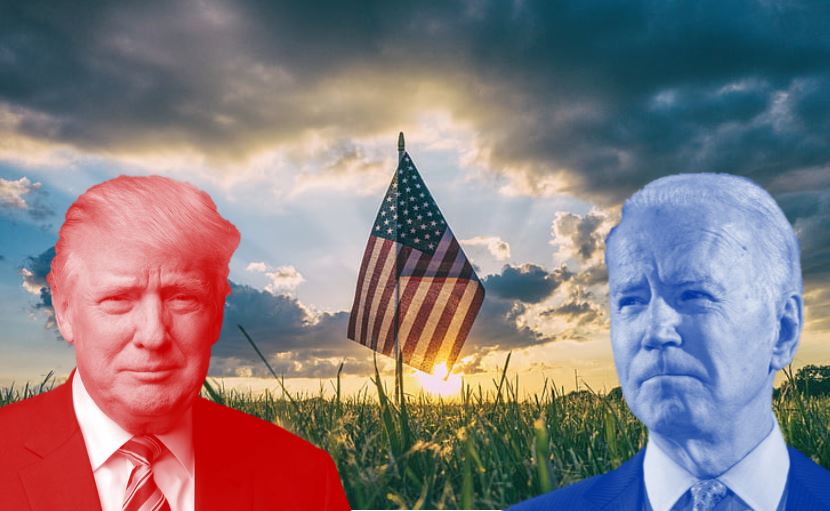attempted to rebalance the east-west balance in recent years. However if the current administration lacks the economic argument it needs to win votes, then perhaps it has decided that it is time to flex its international muscle to convince American voters it is still the best party to lead them into a trade war. US Farmers will be watching the increasingly aggressive rhetoric towards Chinese technology firms with trepidation. The Trump administration has come under fire for its handling of the COVID-19 pandemic in recent months, which is damaging the incumbent’s election campaign built around a rising stock market and the and the strength of the US economy.
That all changed with the pandemic. Stocks, having initially been hit very hard, have proven to be resilient, having recovered nearly 70% of their losses. However, GDP fell a staggering 32.9% in the second quarter. For an administration that has weathered every political storm using the defence of economic strength, this is a political disaster.
Nobody is contesting the national security scenario; it has been an ongoing political issue for years. Many previous administrations have
National security is a vote winner; Americans want to feel safe and the US government has wanted a reason to go in hard against Beijing on this subject for years. For Donald Trump it is a win-win situation. If the gamble pays off he will get another four years in the White House, if it fails, it will be for the new administration to sort out the aftermath.
But for US agriculture there could be a potential disaster looming. The phase one deal was already behind schedule, but the Chinese government had remained committed to it. However, this could be about to change; the Trump administration may be playing a political game or there could be a genuine national security issue, but from the sidelines it looks like the Chinese tech companies and US agriculture are going to be the ones to paying a heavy price.
The Trump administration has signed the phase one deal but it is still just a piece of paper, some positive rhetoric, but it lacks action from the Chinese. If the Sino-US trade deal had real substance, U.S. farmers and government officials would have expected Soy prices to be closer to Jan 20 highs, when in fact they have only recovered 50% of the Q1 sell off.
For the freight market, particularly Panamax segment, it will be business as usual. China will still need its soybeans; it is just a case of where they come from. Two years ago, Trump’s musings could have dramatic effects on the freight market, but now the market has come to realise that deal or now deal, there are pigs to feed.
The following wind from a Trump tweet could be just the thing to stir the tradewinds; but from North to South America!
